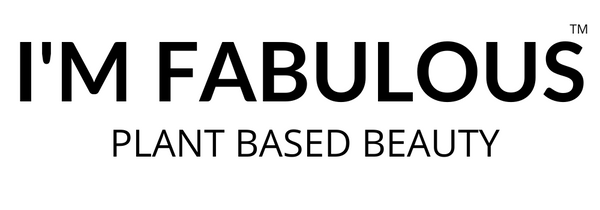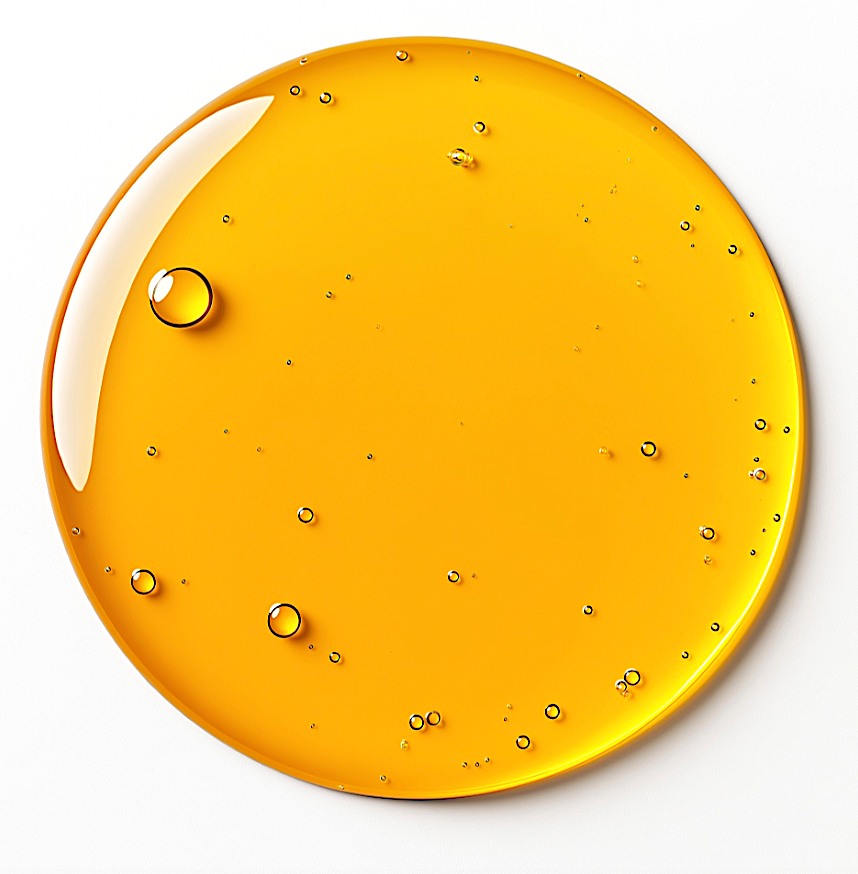
Chemical Peel vs. Microneedling: Which Is Best for Acne Scars?
Share
Acne scars can be a persistent concern, affecting not just the skin's appearance but also one's confidence. Two popular treatments, chemical peels and microneedling, offer promising solutions. Let's delve into each to determine which might be best for addressing acne scars.

🧪 Understanding Chemical Peels
Chemical peels involve applying a solution to the skin, causing the top layers to exfoliate and eventually peel off. This process promotes the regeneration of new, smoother skin.
Benefits:
-
Surface-Level Treatment: Effective for superficial scars and pigmentation.
-
Skin Brightening: Can improve overall skin tone and texture.
-
Minimal Downtime: Light peels often require little to no recovery time.
Considerations:
-
Multiple Sessions: Deeper scars may require several treatments.
-
Skin Sensitivity: Potential for redness, peeling, and sensitivity post-treatment.
-
Not Ideal for All Skin Types: Deeper peels may not be suitable for darker skin tones due to risk of pigmentation changes.
🩸 Exploring Microneedling
Microneedling uses fine needles to create micro-injuries in the skin, stimulating collagen and elastin production, essential for skin repair.
Benefits:
-
Deep Scar Treatment: Particularly effective for atrophic (indented) scars.
-
Collagen Boost: Enhances skin's natural healing, improving texture and firmness.
-
Suitable for Various Skin Types: Generally safe for all skin tones.
Considerations:
-
Downtime: May experience redness and swelling for a few days post-treatment.
-
Multiple Sessions Needed: Optimal results often achieved after several treatments.
-
Professional Expertise Required: Ensuring treatments are performed by trained professionals minimizes risks.
🔬 Comparative Insights
A study published in the Journal of Clinical and Aesthetic Dermatology found that microneedling showed a 31% improvement in acne scars after three months, while glycolic acid peels showed a 62% improvement when combined with microneedling . This suggests that while both treatments are effective, combining them may offer enhanced results.
🧑⚕️ Which Treatment Is Right for You?
Consider Chemical Peels If:
-
You have superficial acne scars or pigmentation issues.
-
You're looking for a treatment with minimal downtime.
-
You prefer a non-invasive approach.
Consider Microneedling If:
-
You have deeper, atrophic scars.
-
You're seeking long-term skin texture improvement.
-
You're willing to undergo multiple sessions for optimal results.
🤝 Combining Treatments for Optimal Results
Some dermatologists recommend a combination of microneedling and chemical peels to maximize benefits. Starting with microneedling to stimulate collagen production, followed by a chemical peel to enhance skin resurfacing, can be particularly effective.
📝 Final Thoughts
Both chemical peels and microneedling offer valuable solutions for treating acne scars. The choice between them depends on the type and severity of scars, skin type, and personal preferences. Consulting with a dermatologist or skincare professional can provide personalized guidance to determine the most suitable treatment plan.
Sources:
-
A Comparison of Microneedling versus Glycolic Acid Chemical Peel for the Treatment of Acne Scarring
-
Chemical Peels vs. Microneedling: Pros, Cons, and Results Explainedskinbravo.com+2wallstreetdermatology.com+2auraderm.com+2jcadonline.compureskinlasercenter.com
Note: Always consult with a qualified skincare professional before undergoing any treatment to ensure it's appropriate for your specific skin concerns and type.







